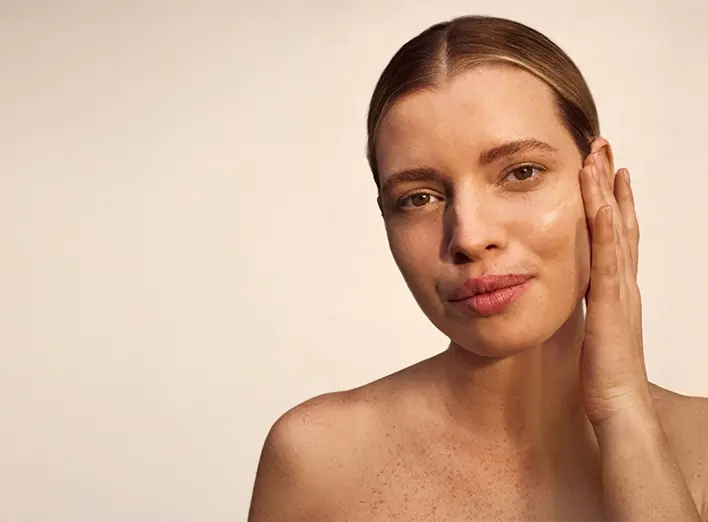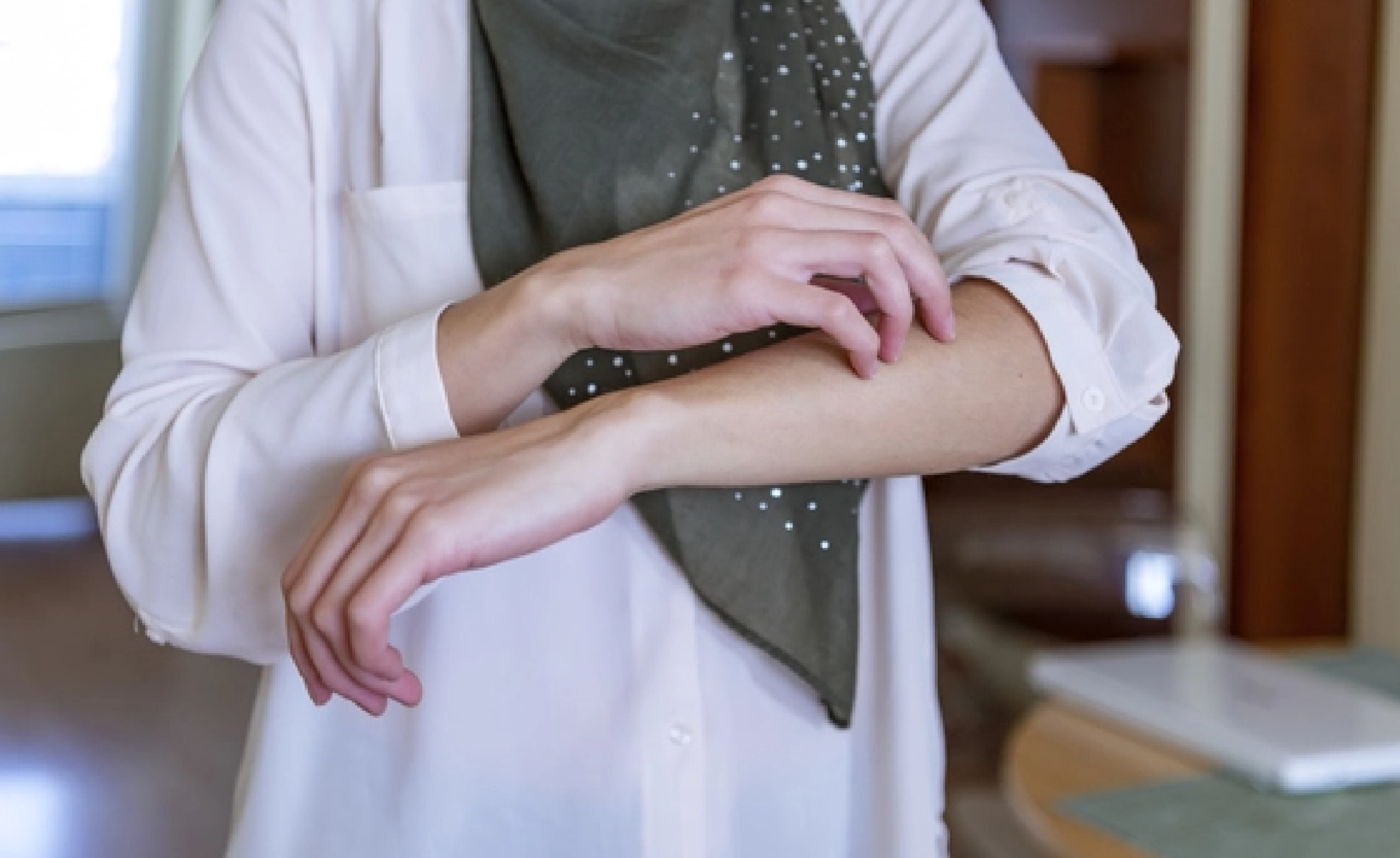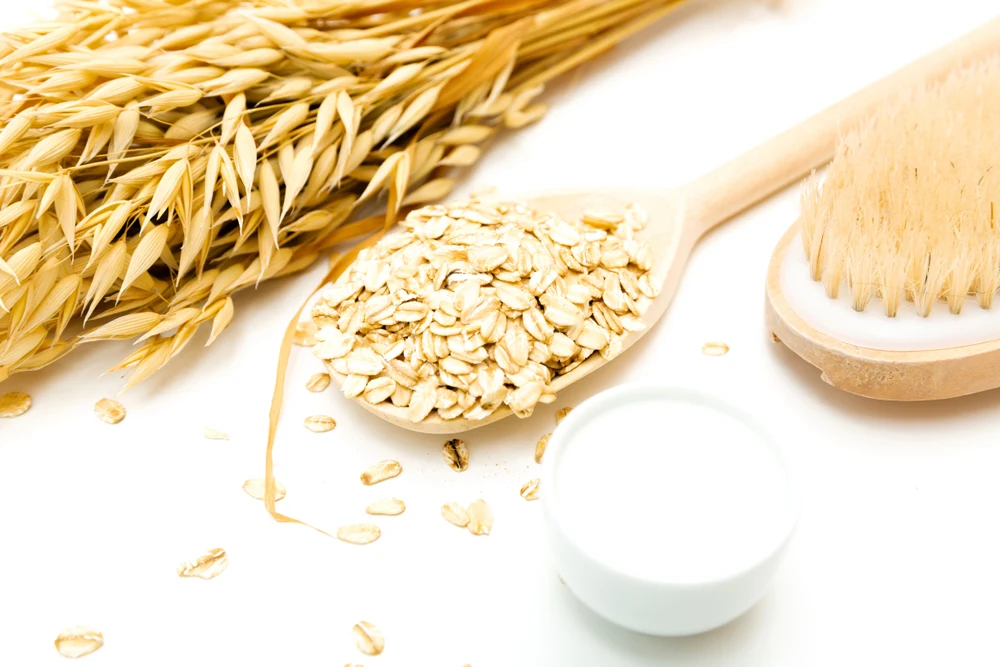What is the UV index scale, exactly?
The intensity of the sun's ultraviolet rays varies from day to day, which is why scientists came up with a way to indicate how strong UV rays are at a given time.
The UV index scale measures the intensity of the sun's UV rays — and, by extension, how likely you are to get sunburned. According to the World Health Organization, it takes into account factors such as the sun's height in the sky, the time of year, cloud cover, altitude, the thickness of the ozone layer and ground reflection. Then, it wraps all of that information up into a single number for you to take in at a glance.
What does the UV index mean, and how do we read it?
The UV index measures rays' intensity on a scale of 1 to 11+.
According to the Environmental Protection Agency (EPA), which publishes UV index scores, when the UV index is 1 or 2, your skin may only need minimal sun protection. A rating of 3 to 7 means the risk is moderate to high, and SPF 30 or higher is recommended to stay safe. If the UV index is 8 or higher, your risk of sun damage is very high, and you may need additional protection — especially in the late morning through midafternoon. The UV index is typically highest during this time of day, as the sun is at its highest point in the sky.
Want to know the UV index in your area? Many local weather stations provide the UV index along with forecasts, and the EPA has a UV index search tool that lets you search by ZIP code or city/state

Using the shadow rule
Wait — what is the UV index out of, again? If you can't remember exactly how the index works on any given day, don't sweat it.
Truth is, you might not always remember to check the UV index before you head outside. But there's an easy way to determine whether you need to stay out of the sun. The American Skin Association calls it the "shadow rule" — if your shadow is shorter than you, it's a good indicator you need to use sun protection.
Why? The strength of UV rays is directly correlated with the angle of the sun in the sky. When your shadow is shortest, the sun is at its peak. While this might not be as precise as the UV index, it's a good indicator that you should reach for sun protection.
Protecting skin from sun damage
It might not seem like a big deal if you come home with a slight sunburn, but repeated damage to your skin can impact it for the long term. According to the U.K.'s National Health Service, getting just five serious sunburns increases the risk of skin cancer by 80%.
However, you can still protect your skin when the UV index is high. Clothing acts as a barrier against UV rays, and some garments even come with an ultraviolet protection factor (UPF) rating to let you know how effective they are at protecting skin from the sun's damage.
Applying sunscreen is the most effective method for protecting exposed skin. Both mineral and chemical sunscreens are effective; just look for a broad-spectrum option with SPF 30 or higher. When you apply as directed — including reapplying regularly! — sunscreen is an effective barrier against UV rays.
Wrapping your mind around sun protection is bound to dredge up some questions: What is the UV index scale? And what is the UV index out of? Keep it simple and make a point to check the sun the next time you head outside — one glance down at your phone or shadow will help you keep your skin happy and healthy on even the most scorching days.




